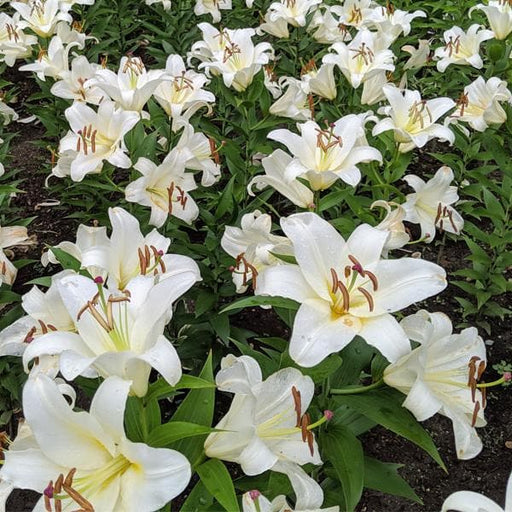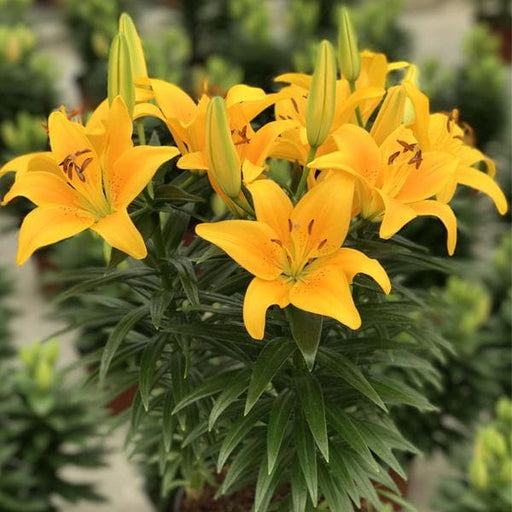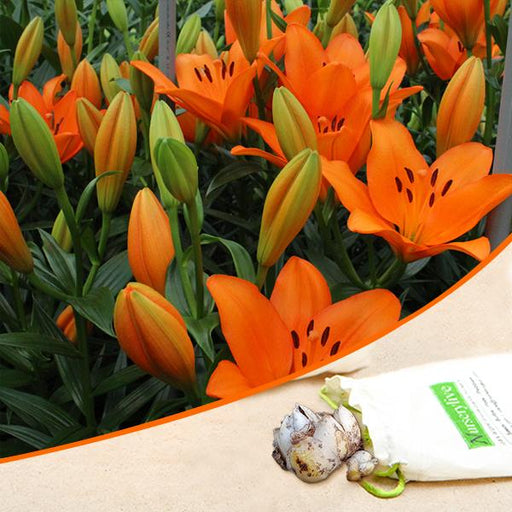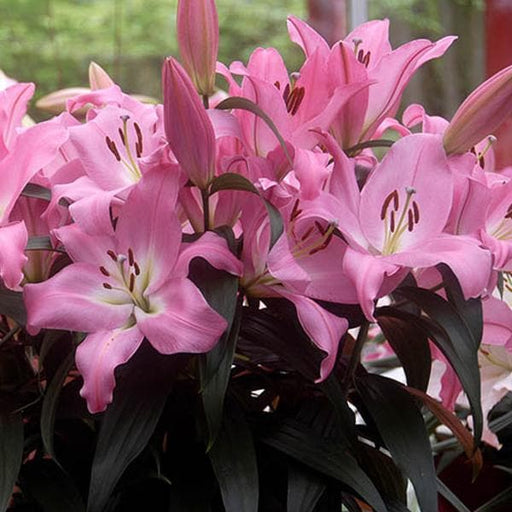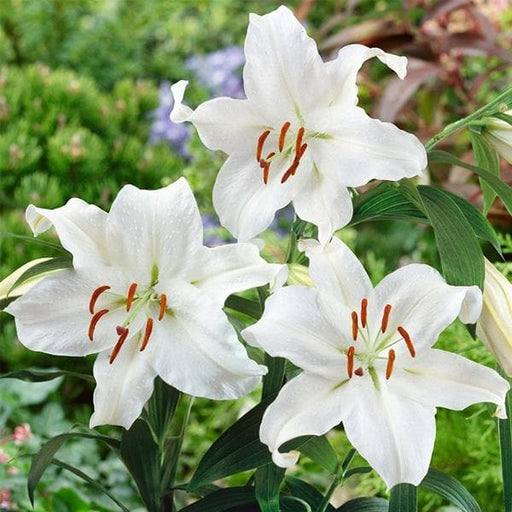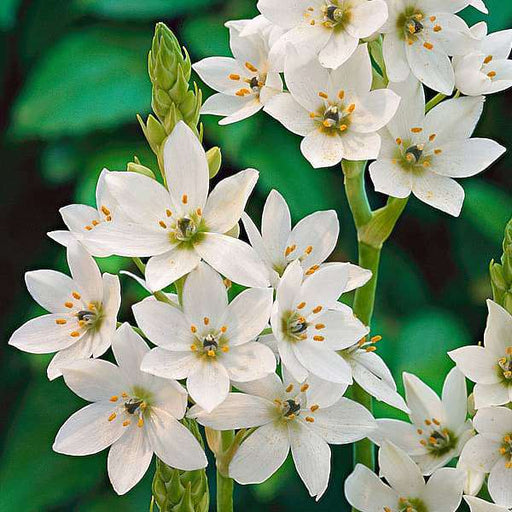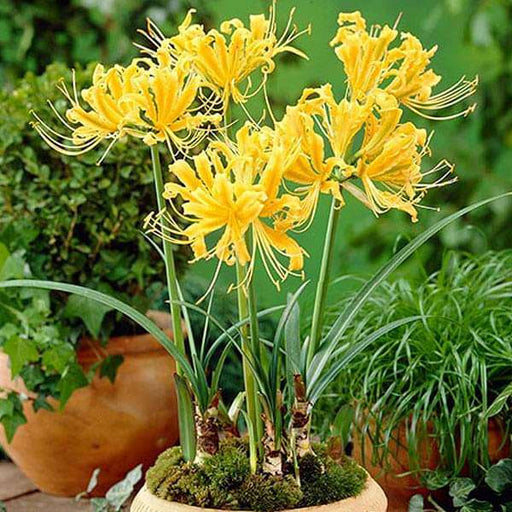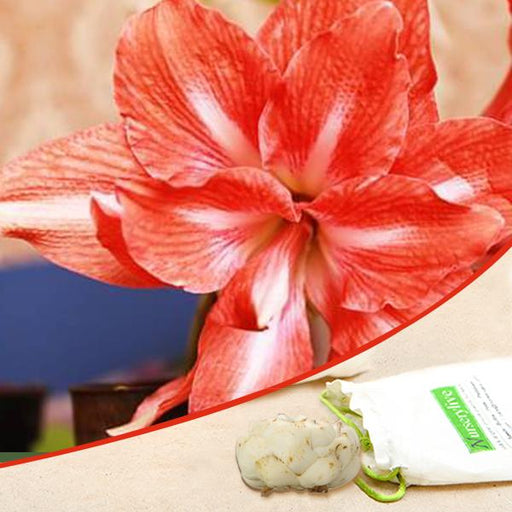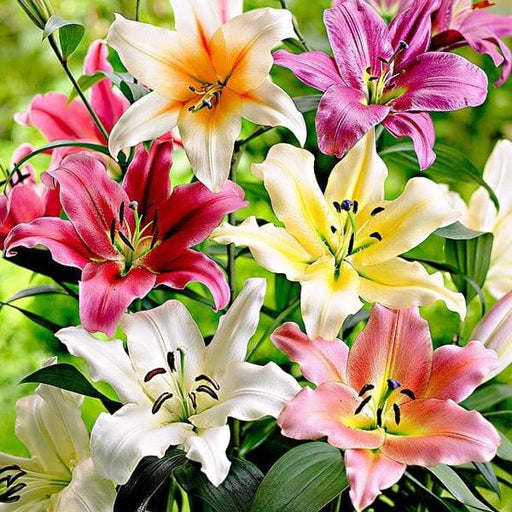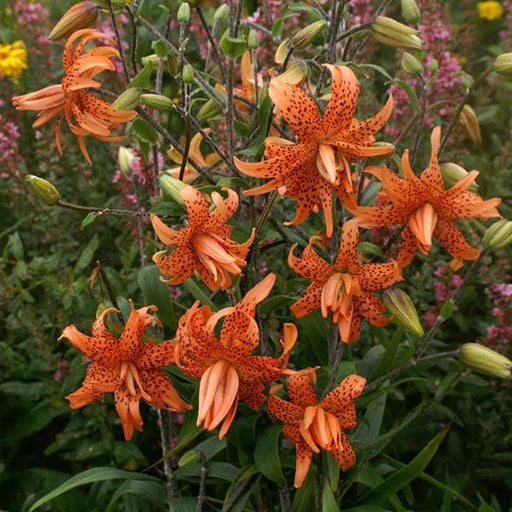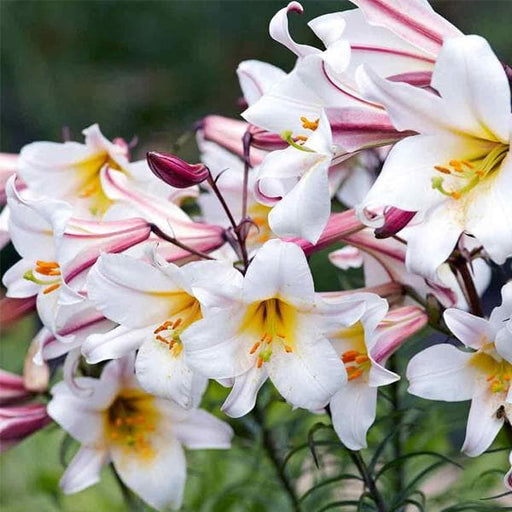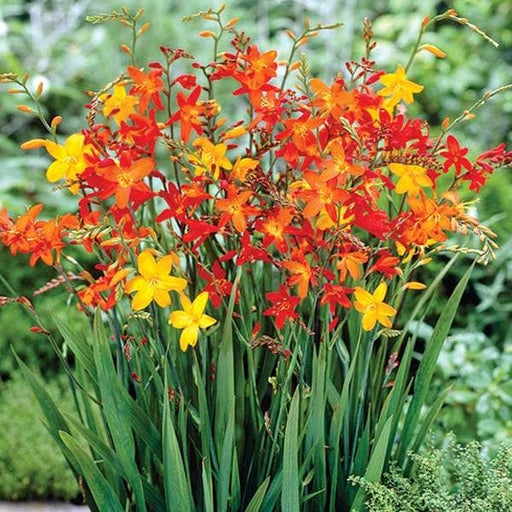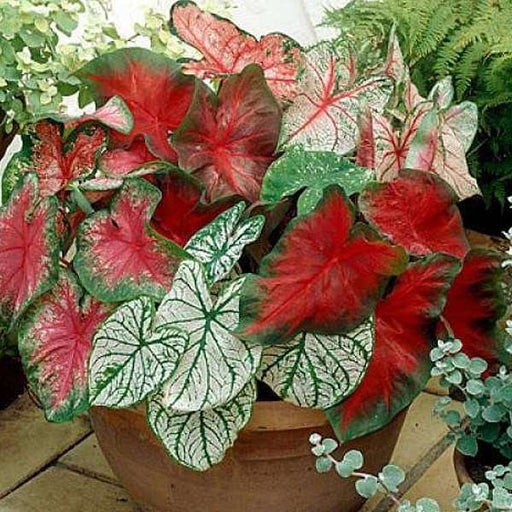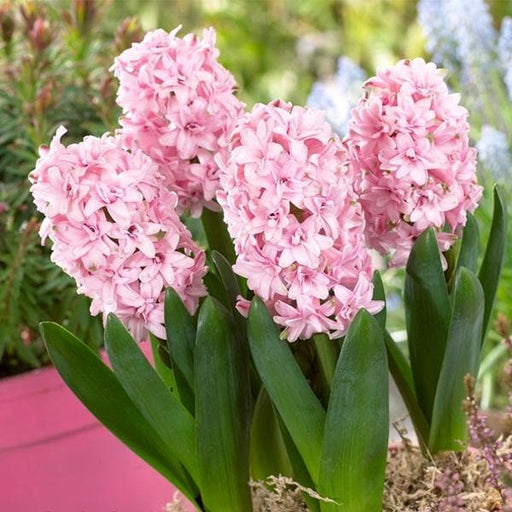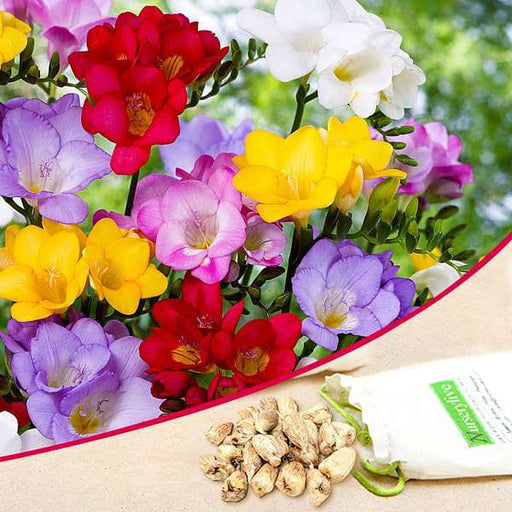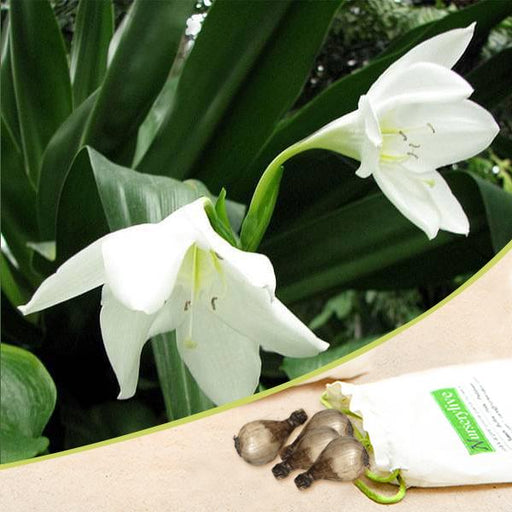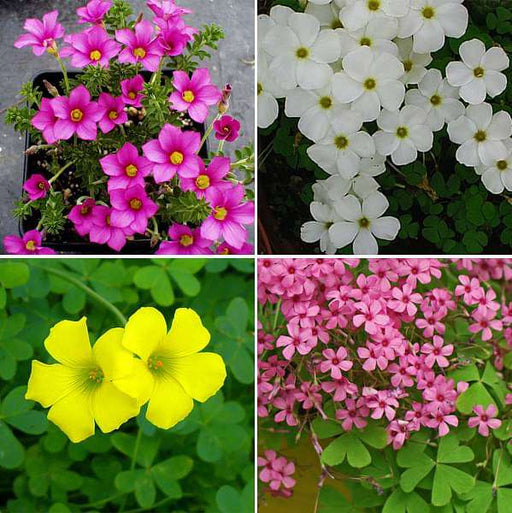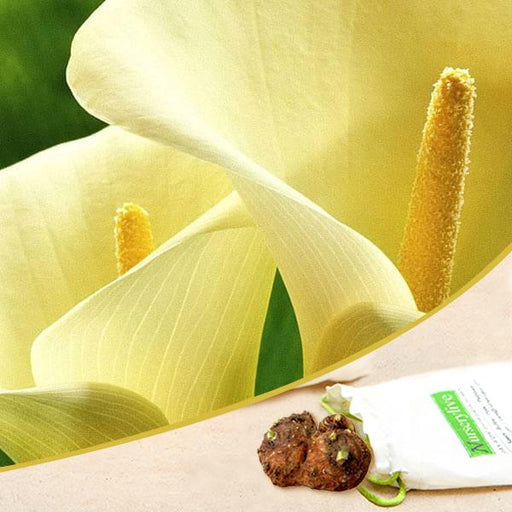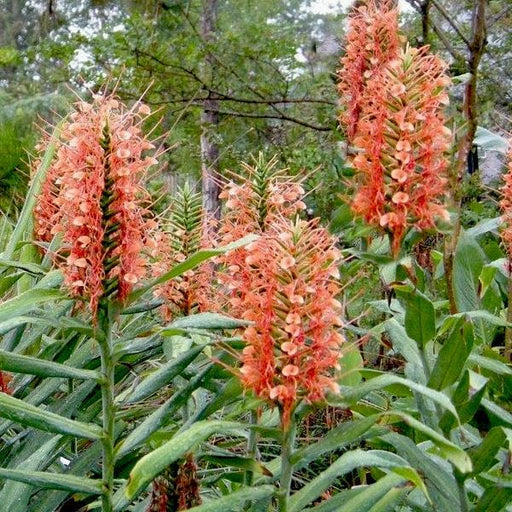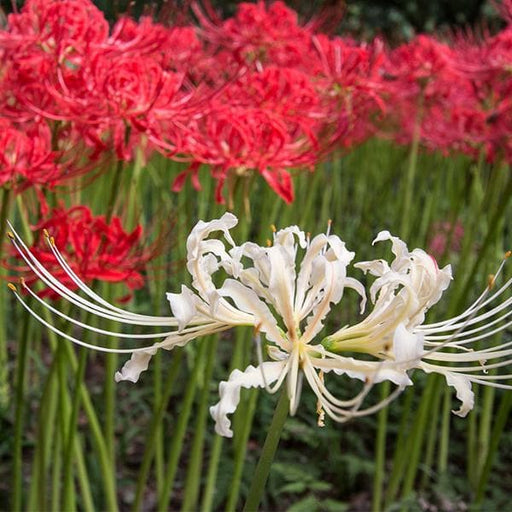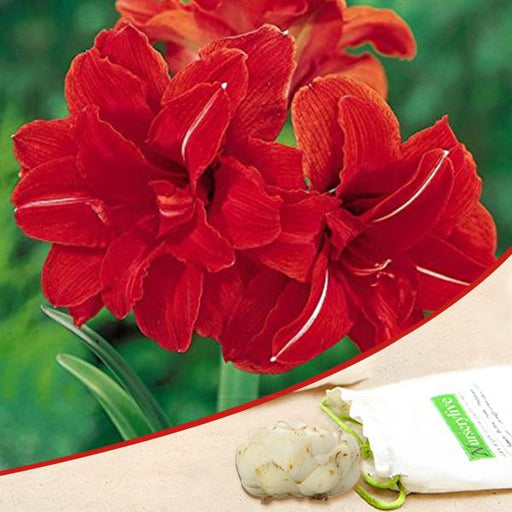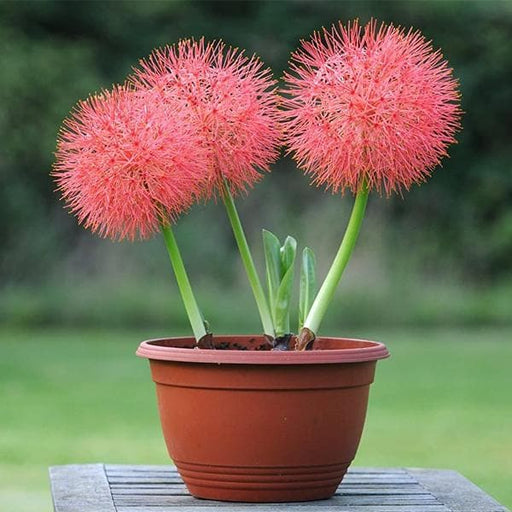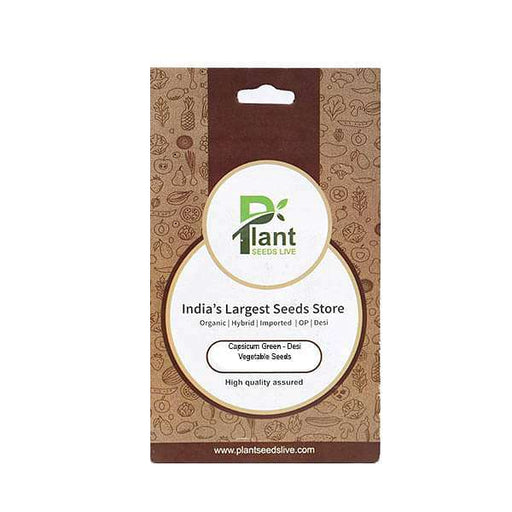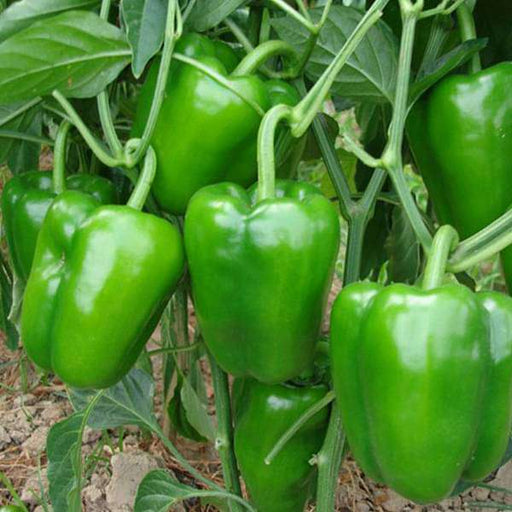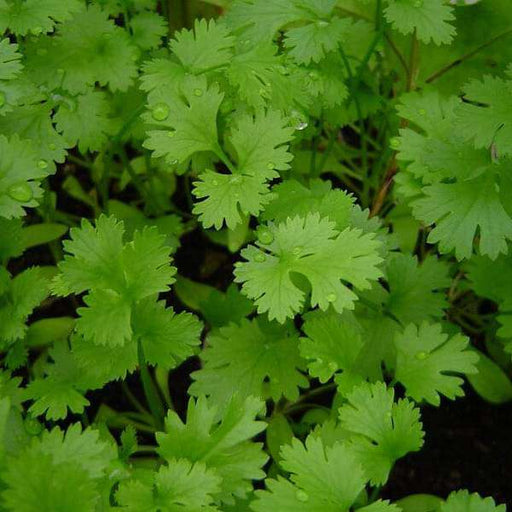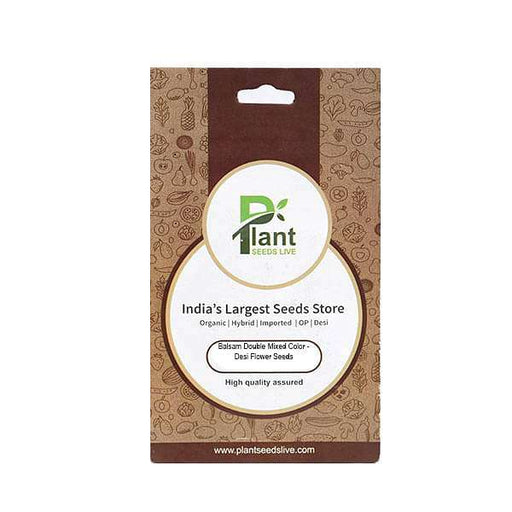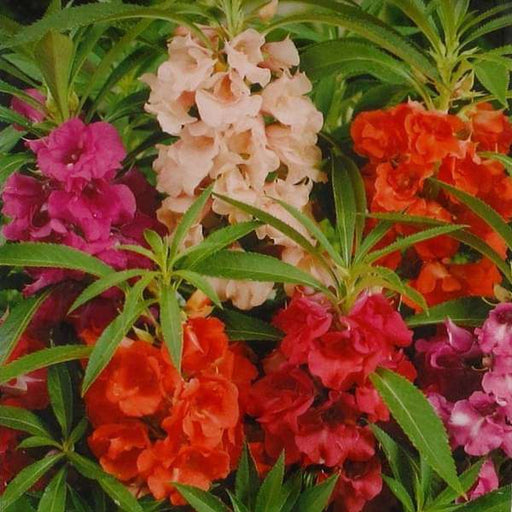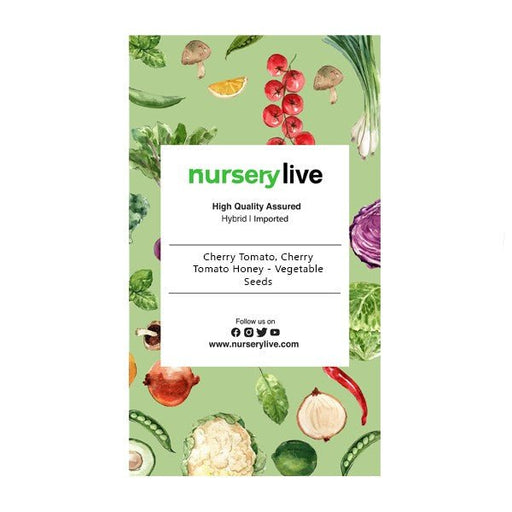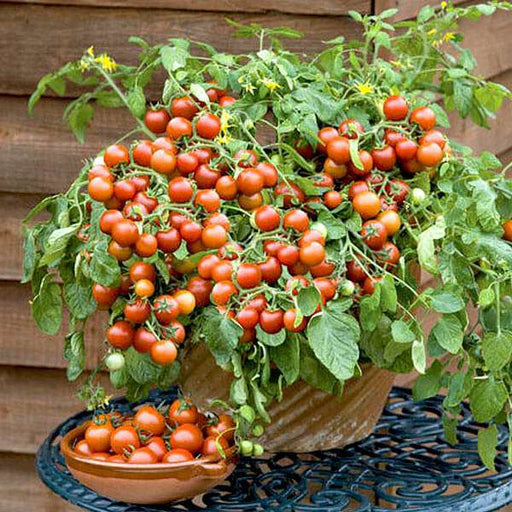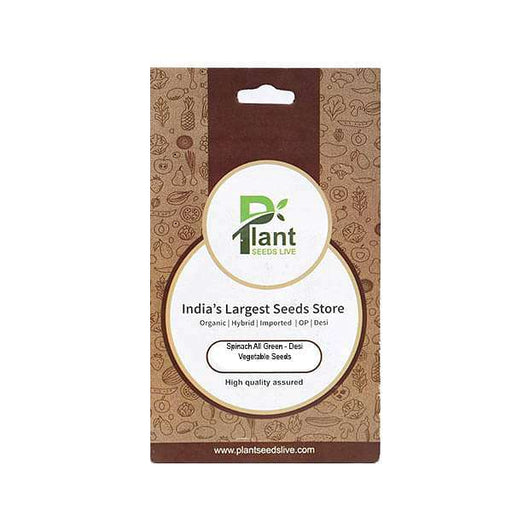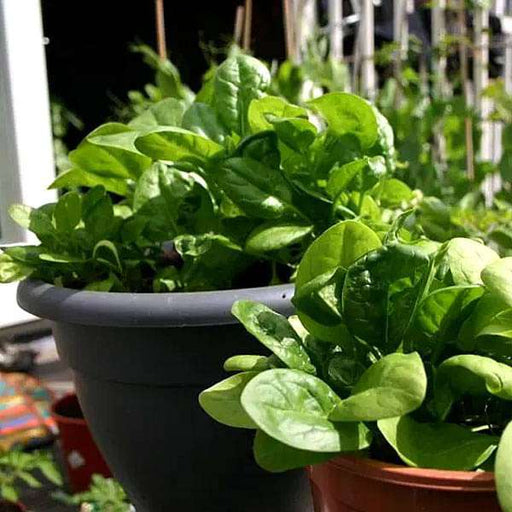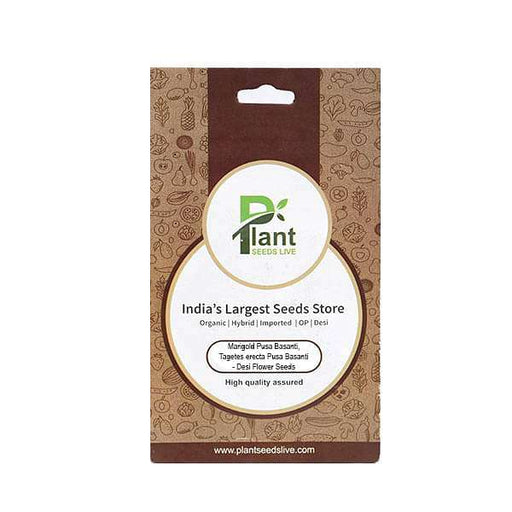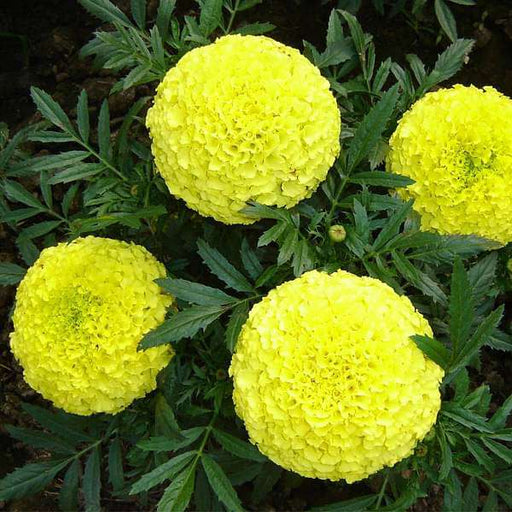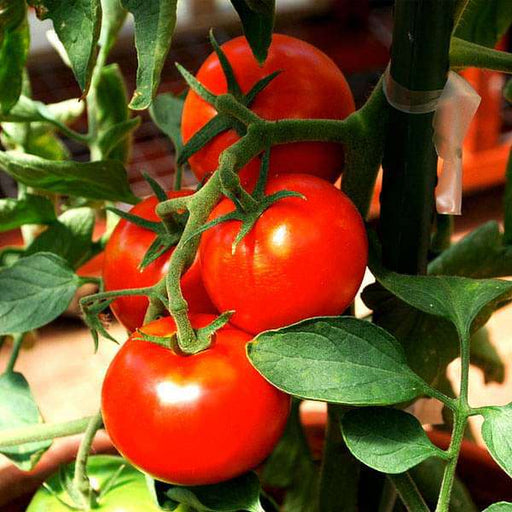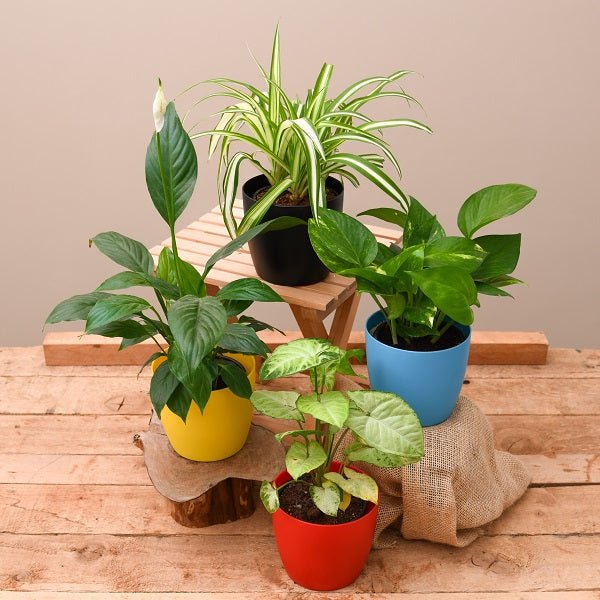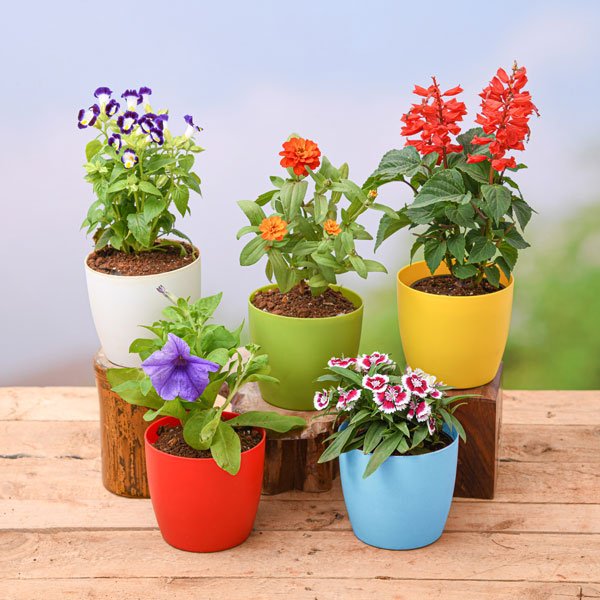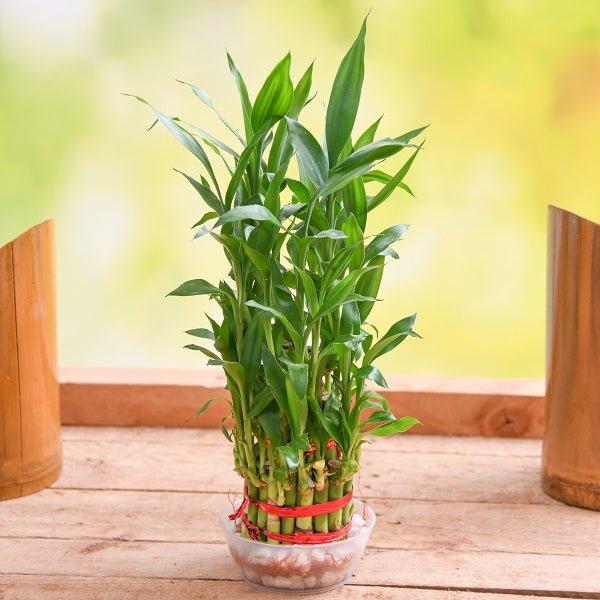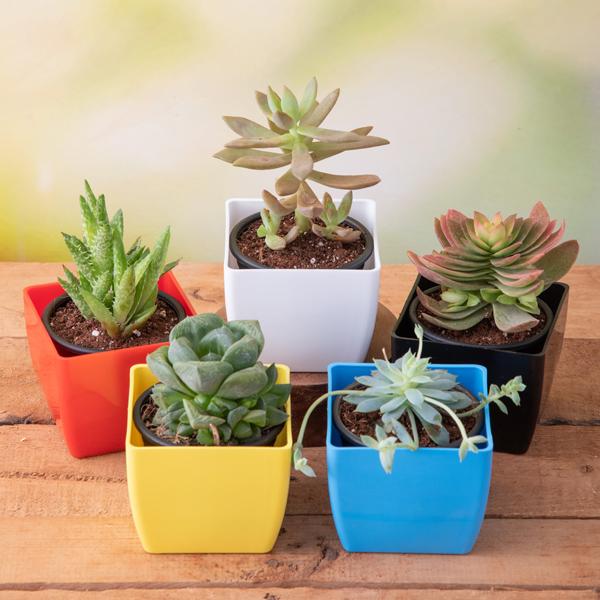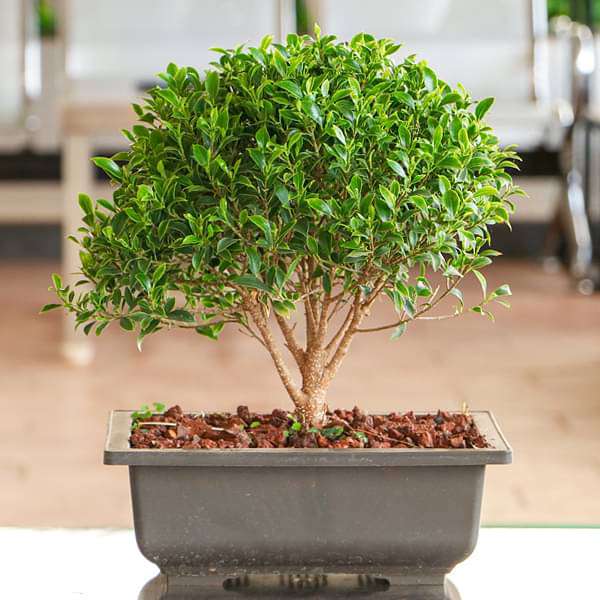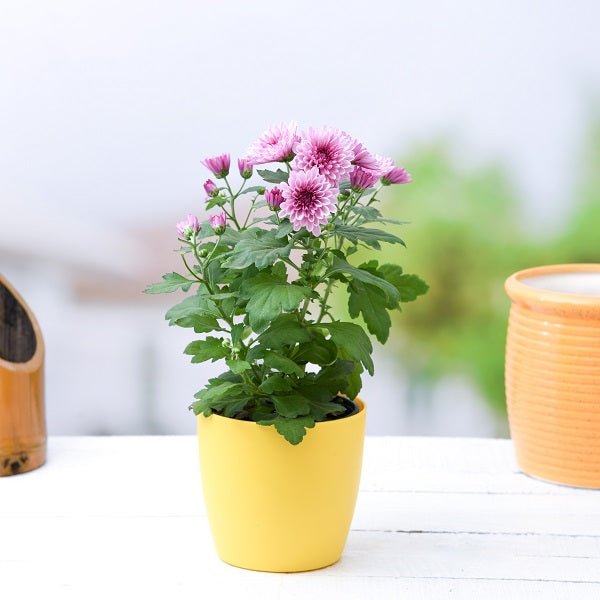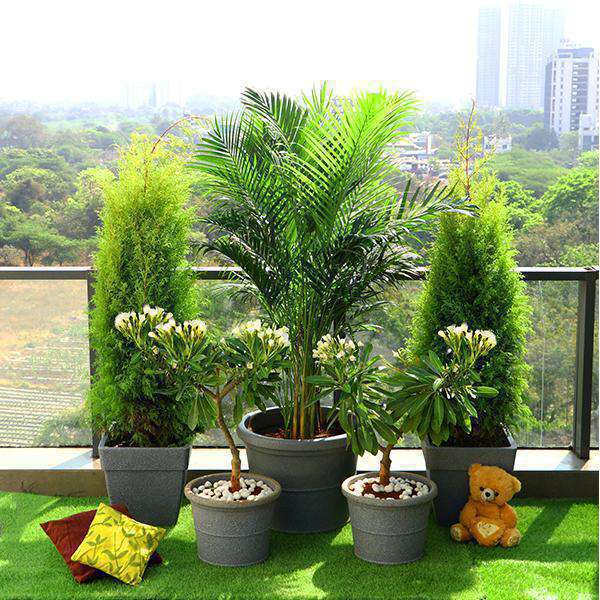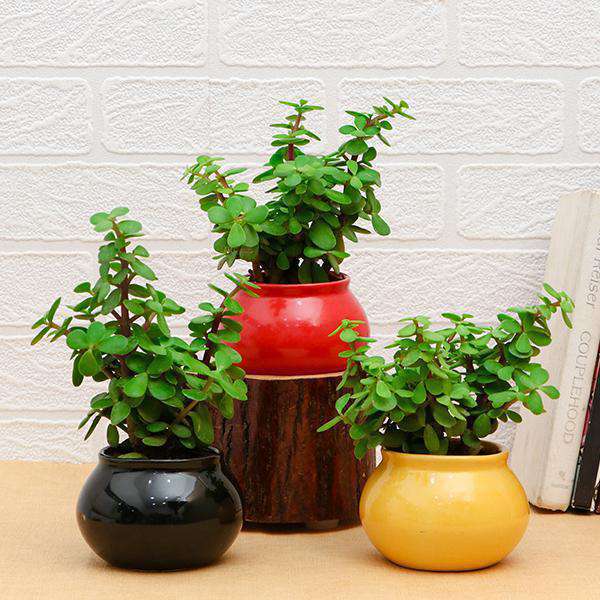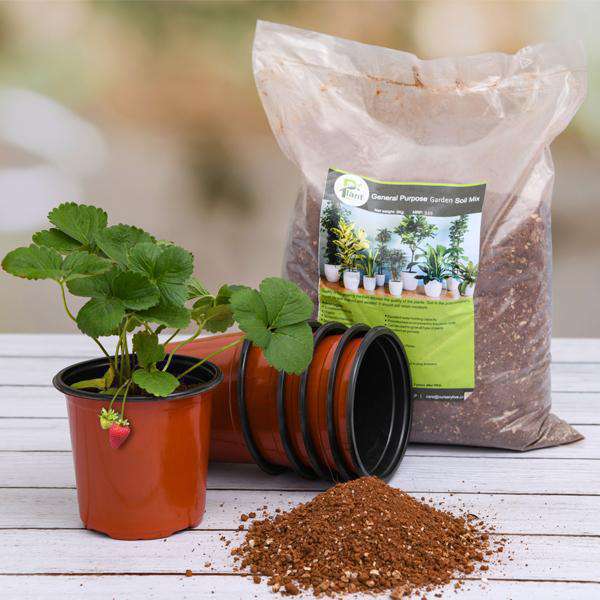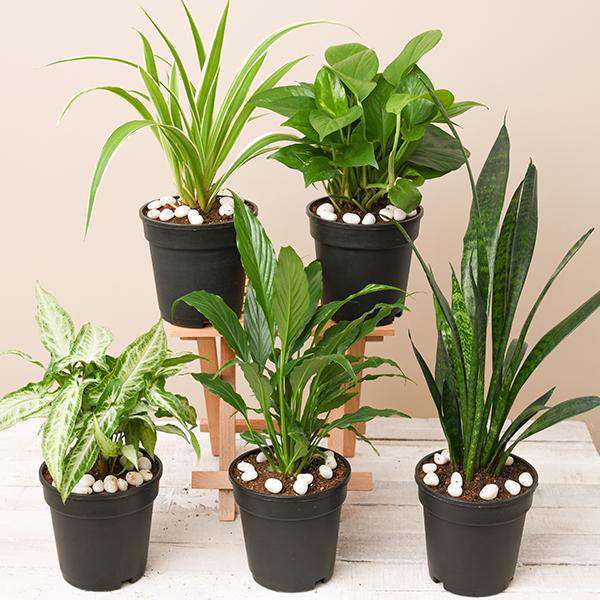Summer Flower Bulbs
Summer is the season of beautiful and vibrant flowers. Planting summer flower bulbs is a great way to add color and fragrance to your garden. Some popular summer flower bulbs include dahlias, gladiolus, and lilies.
Sowing Bulbs
Sowing bulbs is a great way to ensure a beautiful garden year after year. By planting bulbs in the summer, you can ensure that your garden will be full of beautiful blooms come springtime. Some popular bulbs to sow in the summer include tulips, daffodils, and hyacinths.
Flower Bulbs for Hot Climates
If you live in a hot climate, you may think that you can't grow beautiful flowers. However, there are many flower bulbs that thrive in hot weather. Some popular flower bulbs for hot climates include cannas, caladiums, and amaryllis.
Bulb Combinations
Planting different types of bulbs together can create a stunning and unique garden. Some popular bulb combinations include daffodils and tulips, lilies and gladiolus, and crocus and hyacinths.
Summer Bulbs for Containers
If you don't have a lot of space for a garden, planting bulbs in containers is a great option. Some popular summer bulbs for containers include begonias, calla lilies, and gladiolus.
Bulbs for Cut Flowers
If you love to bring fresh flowers into your home, planting bulbs that make great cut flowers is a must. Some popular bulbs for cut flowers include dahlias, gladiolus, and lilies.
Planting Depth for Bulbs
Planting bulbs at the right depth is important for their success. Generally, bulbs should be planted two to three times their height deep. For example, a bulb that is two inches tall should be planted four to six inches deep.
Bulb Fertilization
Fertilizing bulbs can help them grow bigger and stronger. Use a fertilizer that is high in phosphorus, which promotes root growth. Be sure to follow the instructions on the package for best results.
Bulb Pests and Diseases
Unfortunately, bulbs can be susceptible to pests and diseases. Keeping your garden clean and removing dead foliage can help prevent issues. If you do notice signs of pests or disease, treat them promptly with an appropriate solution.
Summer Bulbs for Shade
If you have a shady garden, there are still plenty of bulbs that will thrive. Some popular summer bulbs for shade include begonias, caladiums, and hostas.
Bulb Mulching
Mulching around your bulbs can help retain moisture and protect them from extreme temperatures. Use a layer of organic material, such as shredded leaves or straw, to create a protective barrier.
Bulb Division
Over time, bulbs can become overcrowded and may need to be divided. This is typically done in the fall after the foliage has died back. Gently dig up the bulbs and separate them, then replant them in a new location.
Summer Bulbs for Pollinators
Planting bulbs that attract pollinators can help support local ecosystems. Some popular summer bulbs for pollinators include alliums, crocosmias, and fritillarias.
Bulb Watering
Bulbs need consistent moisture to thrive. Water them deeply once a week, or more often in hot weather. Be sure to water at the base of the plant to avoid getting water on the leaves or flowers.
Bulb Storage
If you have bulbs that need to be stored over the winter, it's important to do so properly. Store them in a cool, dry place with good air circulation, such as a paper bag or mesh container. Be sure to label the container with the type of bulb and the date it was stored.
Summer Bulbs for Butterflies
Planting bulbs that attract butterflies can add a beautiful and lively element to your garden. Some popular summer bulbs for butterflies include crocosmias, lantanas, and zinnias.
Bulb Deadheading
Removing spent flowers, or deadheading, can help promote more blooms and a longer flowering period. Use sharp scissors or pruning shears to cut off the spent flowers just below the base of the flower.
Bulb Winter Care
If you live in a cold climate, it's important to take care of your bulbs in the winter. Cover them with a layer of mulch or leaves to protect them from extreme temperatures. Be sure to remove the covering in the spring when the weather warms up.
Summer Bulbs for Bees
Bees are important pollinators and can help your garden thrive. Planting bulbs that attract bees can help support local ecosystems. Some popular summer bulbs for bees include alliums, crocosmias, and gladiolus.
Bulb Naturalizing
Naturalizing bulbs means allowing them to spread and grow on their own over time. This can create a beautiful and low-maintenance garden. Some popular bulbs for naturalizing include daffodils, crocuses, and snowdrops.


